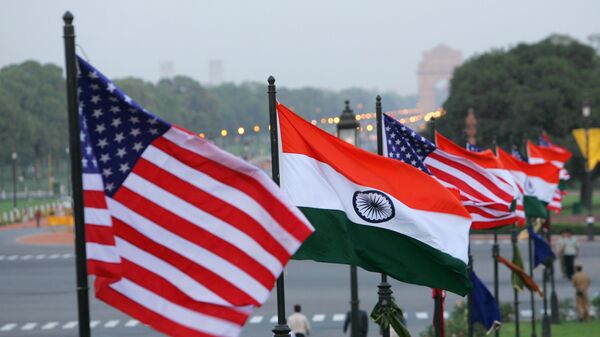India's all time high foreign exchange reserves of $500 billion will likely hurt its relations with the United States, warns a report by Citigroup.
According to the report, Indian banking regulator Reserve Bank of India’s (RBI) forex intervention could invite “some caution” and “create unease in India-US relations.”
Pointing out that the Reserve Bank of India (RBI), on the foreign exchange front, may have intervened to the extent of almost half of the forecasted balance of payment surplus for financial year 2020-21 (April 2020 – March 2021) the Citi report said that the Indian banking regulator may be “preparing buffer reserves as protection against unforeseen circumstances”.
According to Citi, RBI’s intervention in the forex market is to the tune of $30 billion in 2020 after accounting for valuation changes and return on reserves. “RBI’s rolling 12 month intervention could have already crossed 2 percent of GDP, which could create unease in India-US relations,” the report added.
The observation assumes a lot of significance as the US Treasury has got three major yardsticks to scrutinise whether a trading partner is engaging in currency manipulation.
The three yardsticks are -- bilateral trading partner country having a trade surplus of more than $20 billion over the US, country having a current account surplus of 3 percent, and net foreign currency purchase exceeding 2 percent of the Gross Domestic Product in the last 12 months.
The US tries to keep a tab on its trading partners to ensure that they do not get an edge in exports by undervaluing their currency.
Soumya Dutta, CEO of eforexindia.com told Sputnik, “RBI is essentially storing for the rainy days. We have witnessed a lot of buying of Dollar by the RBI. The idea seems to be to create a backbone. On Rupee, a stronger domestic currency becomes a cost disadvantage for the exports.”
“Also, what does one do with the reserves? RBI parks a part of the foreign reserves in the US Treasury Bonds itself. Half of the Chinese reserves are parked in the US Treasury Bonds. High forex reserves is a good thing as going ahead one does not know how things will pan out in the current circumstances,” Dutta added.
Senior economic journalist Geetu Moza, who tracks Indian equity markets closely, also believes that RBI shoring up foreign exchange is a step in the right direction and in no way impacts the India-US relationship.
“The foreign inflows have been severely impacted by the Covid-19 pandemic. There have been no major foreign direct investments apart from the ones in the Jio platforms and foreign institutional investors are net sellers in India so far this year. No foreign trade happening in across the globe as an impact of the pandemic. It is not a US-India specific problem. The entire world is suffering,” said Moza.
In 2017, the US Treasury said that it would monitor India for likely currency manipulations, thereby clubbing it with nations like China, Japan, South Korea, Swizerland, and Germany. Justifying its decision, the Treasury said in a report dated 17 October, “Over the first half of 2017, there has been a notable increase in the scale and persistence of India’s net foreign exchange purchases, which have risen to around $42 billion (1.8 percent of GDP) over the four quarters.”





